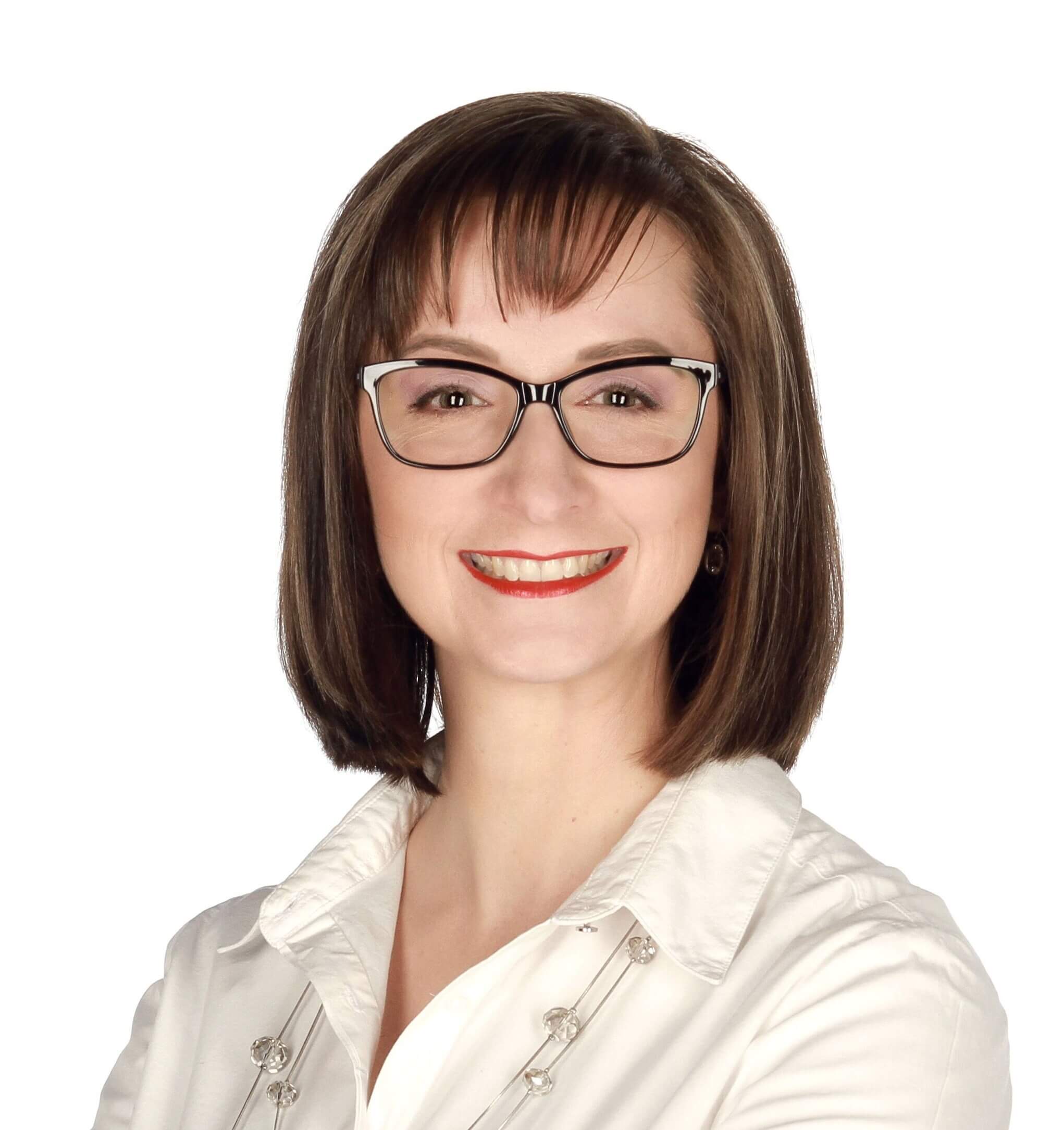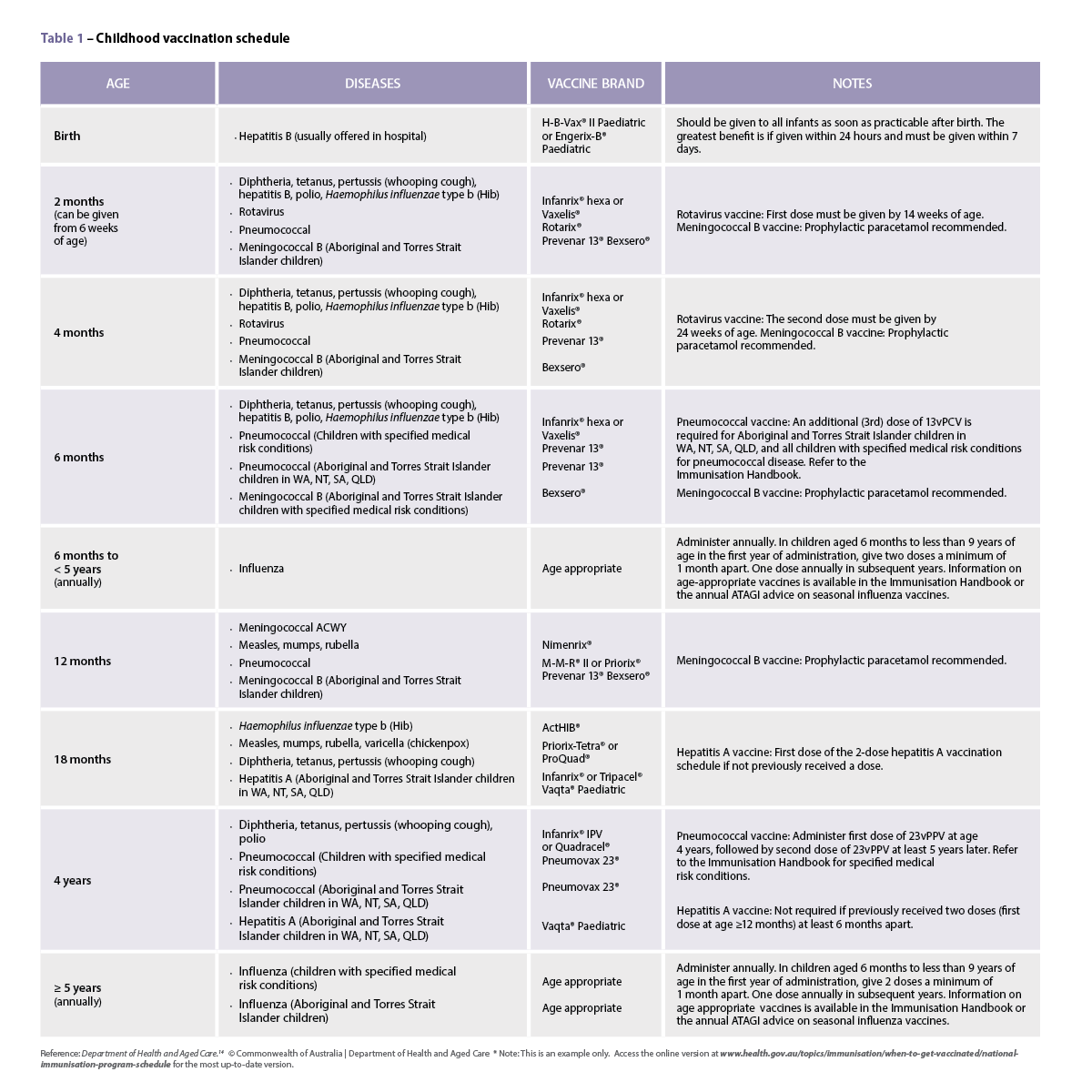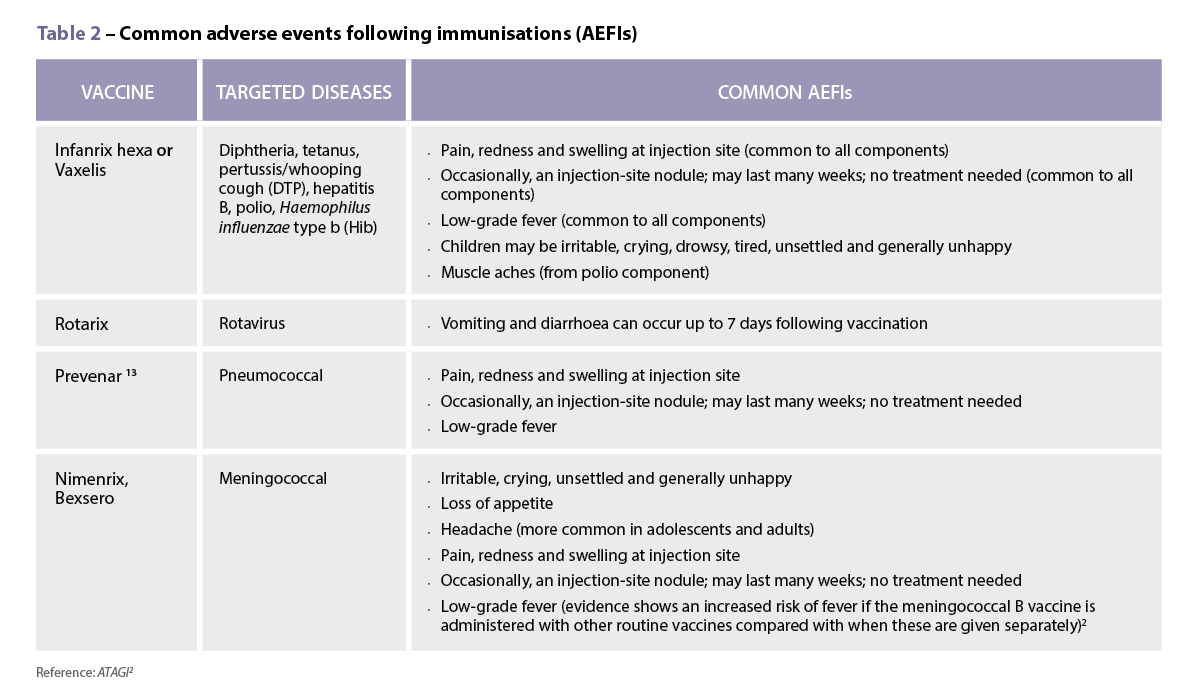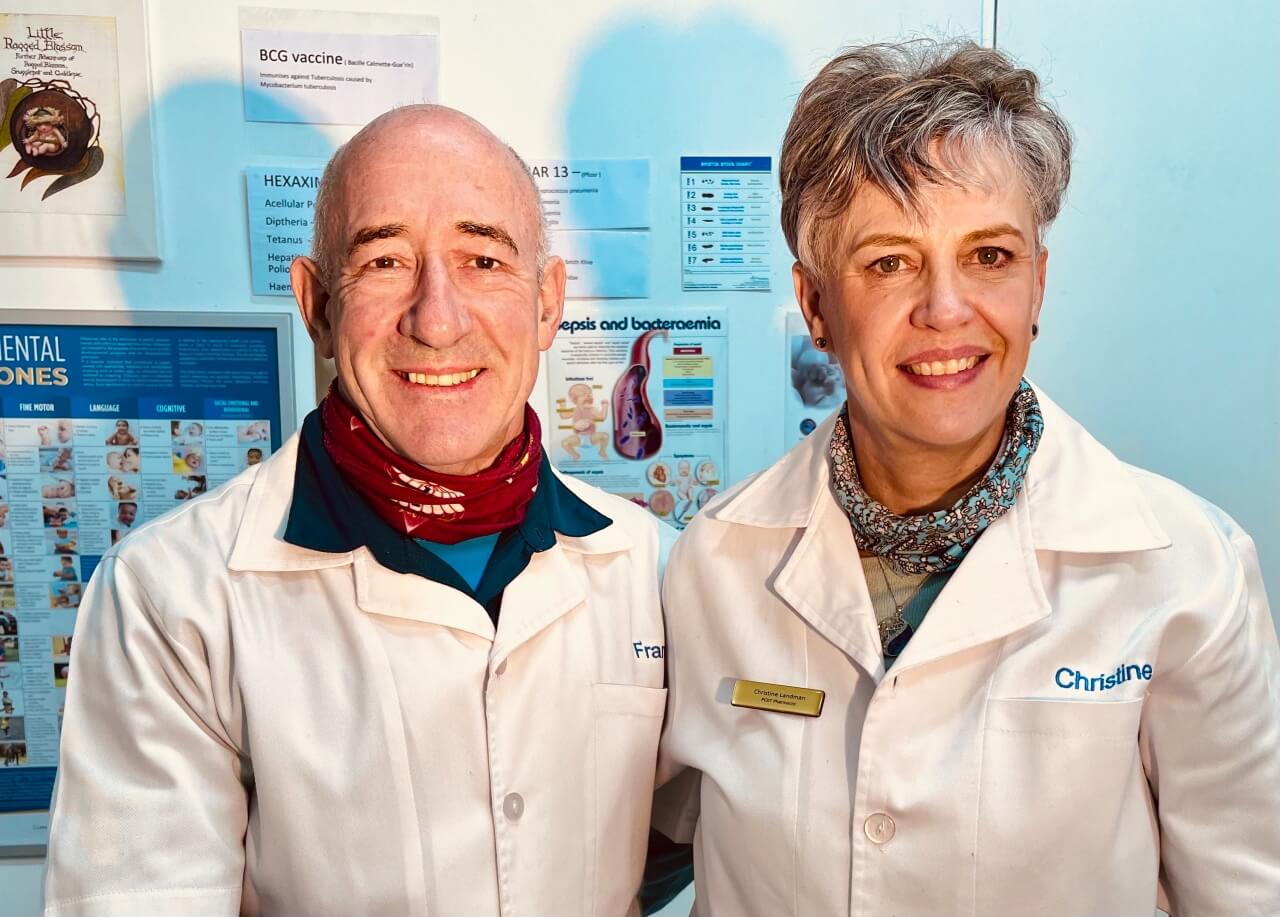Scoping out global pharmacy practices: What Australia can learn from our international peers.
Australian pharmacy has expanded exponentially in the years since the introduction of the Advanced Pharmacy Practice Framework in 2015,1 allowing credentialled pharmacists to branch into new areas of practice and become integral to medicines management teams.2
COVID-19 vaccinations, pharmacist prescribing, urinary tract infection (UTI) trials and programs, and a looming large-scale onsite pharmacists program in aged care show the profession’s recent scope expansion.
This month, as the 81st International Pharmaceutical Federation (FIP) Congress propels hundreds of pharmacists to Brisbane from all over the globe – and to celebrate World Pharmacists Day on 25 September – pharmacists locally can learn about advances elsewhere from far-flung professional peers.
Research in recent years has revealed that in Japan, pharmacist-led intervention about antimicrobial prescribing in dentistry led to a decrease in dentists’ prescribing of third-generation cephalosporins and broad-spectrum fluoroquinolones, macrolides and carbapenems, with a corresponding increase in penicillin scripts.3
And in Norway, pharmacies have long offered a mole-scanning service in consultation rooms that in 2014 detected 4% of all melanoma cases in the country.4
Currently under discussion in Portugal, are the dispensing of hospital medicines in community pharmacies, COVID-19 vaccinations, and pharmacists’ renewal of recently prescribed medicines for long-term conditions.
At the FIP Congress this month, PSA’s National President Dr Fei Sim FPS will showcase Australia’s national priority – medicine safety. In a special session on Australian pharmacy, focus will include the impact on Australia’s health by First Nations pharmacists, UTI prescribing trials and initiatives in Queensland, New South Wales and Western Australia, and mental health services.
As the world’s health needs grow,AP looks at elements of pharmacy practice in three other countries.
United Kingdom
The UK is at the forefront of pharmacist prescribing. Following the success of nurse prescribing, pharmacists have specialised as independent prescribers (IPs) since 2003.
IPs can prescribe anything – even controlled medicines such as opioids, says Professor Claire Anderson, President of the Royal Pharmaceutical Society (RPS).

‘To become an IP, pharmacists need to complete a 6-month certificate course, followed by 90 days [of] supervised practice with an experienced prescriber in a chosen specialisation,’ she says.
‘I know people who run hypertension, drug misuse, pain management and heart failure clinics.’
While only 25% of pharmacists in the UK are IPs, a new accreditation system could lead to a dramatic increase in this workforce. Students who began the 4-year Master of Pharmacy degree in 2021 will automatically become pharmacist prescribers after completing
Wide-ranging pharmacy services
The UK has three different National Health Services (NHS) covering each of England, Wales and Scotland. In terms of community pharmacist prescribing, Wales and Scotland are significantly more advanced, notes Prof Anderson.
‘In Wales, there are 700 pharmacists, and over 200 are community pharmacist prescribers,’ she says.
The NHS-funded Common Ailments Scheme, launched in Wales in 2013, allows pharmacists to prescribe medicines for 16 health conditions.
Some pharmacies are qualified to offer an IP service, allowing them to diagnose and treat a further seven conditions.5
Meanwhile, the NHS Pharmacy First Scotland service, launched in 2020, allows pharmacists to prescribe medicines for health conditions, including earache, backache, acne and haemorrhoids.6
To be launched later this year in a £645 million (A$1.23 billion) investment over the next 2 years is a similar Pharmacy First minor ailments scheme to that in England. Another impactful pharmacy program is the New Medicine Service (NMS), rolled out in 2011.7
‘In Wales, there are 700 pharmacists, and over 200 are community pharmacist prescribers.’
Professor Claire Anderson
When patients are prescribed new medicines for certain chronic conditions such as heart disease or asthma, they are offered the service by community pharmacists.
‘After 2 weeks, the pharmacist follows up with a phone call or face-to-face chat to see how patients are getting on with their medicines,’ says Prof Anderson.
During the check-in, pharmacists discuss any issues such as adverse effects or difficulty swallowing tablets, followed by another appointment 2 weeks later to check if the issues are resolved.
Evidence suggests the NMS is highly effective. A 2020 evaluation of the service found a significant increase in medicine adherence and reduction in NHS costs.8
Upskilling proves lucrative
Pharmacy remuneration levels vary across the UK, depending on skill. For example, through the Pharmacy First Scotland program, pharmacists receive a base payment of £1,250 (A$2,400) per month, with bonuses dependent on competency.
‘If they are a prescriber, they get £2,000 ($3,900) a month to prescribe more widely,’ Prof Anderson explains.
Establishing these pharmacy services often requires a significant amount of advocacy by the profession.
‘We pushed for the Pharmacy First scheme in England,’ she says.
‘Because it happened much earlier in other parts of the UK, we were able to cite that as a good example.’
South Africa
In South Africa, there are about 100,000 ‘zero dose’ children who have missed out on childhood vaccinations.9
As the most accessible healthcare professionals, pharmacists in South Africa can administer any vaccination to children from birth, says the Pharmaceutical Society of South Africa’s Professional Development and Support Officer Dr Mariet Eksteen. Community pharmacists often provide vaccines to patients at the 6, 10 and 14-week mark, most of which can be administered without a prescription in accordance with the country’s Essential Medicines List.10

However, pharmacists must have the right skill set to administer vaccines such as Bacillus Calmette–Guérin, which are administered via intradermal injection.
‘It’s a two-component thing: one is the ability to administer the product without a prescription, and two is the qualification to perform the service,’ Dr Eksteen says. ‘With an additional qualification, pharmacists can access treatment [for patients] for anaphylactic shock without a prescription.’
There are significant benefits that come with pharmacist-administered childhood vaccinations. ‘We have more than 3,500 community pharmacies,’ she points out.
‘They’re open on Saturday mornings, so working parents can bring their children over the weekends. Ease of access is particularly crucial in rural and remote areas, where GP and specialist appointments are more difficult to find.’
Dr Eksteen adds that ‘catch-up vaccination campaigns are crucial’ in all rural communities.
There’s also a cost benefit for parents. Some pharmacies have government-issued stock, with patients only needing to pay an administration fee.
‘Even when parents pay a service and product fee, it’s still significantly less to get vaccinated in a pharmacy than pay GP consultation fees,’ she notes.
Screening and prescribing
In addition to administering a wide range of vaccinations, South African pharmacists, without any permit, may also perform some screening tests.
‘We can provide blood glucose, blood cholesterol, urinalysis, blood pressure, pregnancy, peak flow and HIV tests,’ says Dr Eksteen.
‘pharmacists in South Africa can administer any vaccination to children from birth.’
Dr Mariet Eksteen
In a country where HIV prevalence sits at 14%,11 pharmacist screening, along with pre- and post-test counselling, is a crucial service. A certification allowing ‘pharmacist‐initiated management of antiretroviral therapy’ is also under review to better utilise pharmacists in HIV prevention and care.12
Another permit, Primary Care Drug Therapy (PCDT), allows pharmacists to prescribe medicines for a range of minor ailments, along with unstable angina, tonsillitis, bacterial pneumonia, bronchitis, rheumatoid arthritis and UTIs.13
Community pharmacists can also provide family planning services with a PCDT permit.14
‘This includes prescribing and administering medicines such as oral or injectable forms of contraception,’ Dr Eksteen says.
Perception of pharmacists
For the South African public, the notion of ‘doctor knows best’ prevails, with pharmacists primarily seen as dispensers.
Doctors’ remuneration is also much higher – particularly under the government salary model, where overtime and bonuses are commonplace.
However, remuneration for South African pharmacists is above the pay grade of nurses.
This contrasts with Australia, where the average nurse salary in 2022 was $45,000 more than a pharmacist’s wage.15
Yet the advocacy work of Australian pharmacy associations such as PSA is far more effective, admits Dr Eksteen.
‘South African pharmacists look to Australia, where the community pharmacists negotiate tariffs with the government, which has always been an inspiration to us,’ she says.
New Zealand
Australia’s 60-day dispensing policy has resulted in shockwaves rippling through the pharmacy profession.
Fears of mass job losses and shuttered businesses remain, with up to 20,818 job cuts and more than 650 community pharmacy closures predicted.16
But our antipodean neighbour, New Zealand, could shed some light on adjusting to this change. The country’s medicine funding and purchasing agency Pharmac introduced ‘all-at-once’ dispensing in 2003 – allowing patients to pick up 90-day supplies of medicines17 – excluding those that are high-risk and high-cost.
With the cost of medicines reducing and dispensing fees increasing, all-at-once dispensing was a financial decision, according to the President of the Pharmaceutical Society of New Zealand (PSNZ) Professor Rhiannon Braund.

But the outcome of the policy wasn’t nearly as detrimental as initially thought, Prof Braund says. While there was an amalgamation of some closely located pharmacies, job losses were minimal.
‘The world is short of pharmacists, and we had more than enough work in parallel.’
With an ageing population and increased polypharmacy, she notes that New Zealand is dispensing more medicines than ever.
A limited prescribing workforce
Around 10 years after all-at-once dispensing was introduced, New Zealand pharmacists’ scope of practice widened, allowing pharmacists to become prescribers.
Pharmacist prescribers have a defined scope specialising in disease states (e.g. treating cardiovascular disease). But these pharmacists can prescribe any medicine.
‘Patients with cardiovascular disease often have diabetes, which also needs to be managed,’ Prof Braund says.
Becoming a pharmacist prescriber is not easy, or cheap, with a postgraduate diploma and several years’ clinical practice required. Pharmacists need to pay the estimated NZ$20,000 (A$18,500) fee to gain this qualification, which explains why there are only 37 pharmacist prescribers in New Zealand. Most of them work in multidisciplinary teams and are typically ‘bungee-corded into a general practice’.
‘With an ageing population and increased polypharmacy, she notes that New Zealand is dispensing more medicines than ever.’
Professor Rhiannon Braund
But unlike in Australia, these prescribing pharmacists, and community pharmacists who can work in general practice, are not employed by clinics.
‘That way GP clinics don’t own them, and they go where there are areas of need,’ says Prof Braund.
Many medicines in New Zealand have also been reclassified over the years including trimethoprim, the oral contraceptive pill and sildenafil, allowing trained community pharmacists to treat certain medical conditions.
The PSNZ provides education for pharmacists to prescribe reclassified medicines, with pharmacies typically fronting the cost. ‘But most businesses are happy to pay a bit of money to have accredited pharmacists working in that space,’ says Prof Braund.
The service is primarily viewed as easing GPs’ workload to benefit patients.
‘When we introduced pharmacist prescribing for UTIs, some GPs initially felt uncomfortable, until they realised if they can’t see these patients, someone has to.’
The COVID-19 game changer
Like in Australia, the perception of pharmacists in New Zealand shifted during COVID-19. The profession is increasingly seen as a ‘solution’ to the country’s healthcare problems, leading to a wider scope of funded services.
Oral COVID-19 antivirals were reclassified to government-funded Pharmacist-Only medicines in July 2022 to increase access for eligible patients.25 Funding for a Community Pharmacist Minor Ailments Service also came through this year, allowing pharmacists to prescribe medicines for a range of conditions, including diarrhoea and dehydration, scabies, head lice and eczema/dermatitis.26
Community pharmacists are now funded for providing anticoagulation monitoring, after this service was inaccessible through GP clinics during the pandemic.
‘We got services over the line because these conditions need to be treated in a timely fashion,’ says Prof Braund. ‘There are 2-week waits for GP appointments, and our emergency departments are bursting.’
Remuneration and advocacy
While New Zealand pharmacists have a wider scope of practice, the country is losing a lot of pharmacists to Australia.
‘Your remuneration, work-life balance and weather are better,’ concedes Prof Braund. Remuneration in New Zealand tends to skyrocket when used as an incentive to lure pharmacists to lower socioeconomic or rural and remote areas.
However, in areas such as Auckland on the North Island, when offering jobs which are ‘everyone’s cup of tea’, remuneration levels are much lower than in Australia.
On advocacy, Prof Braund says PSNZ has strong links to government agencies and decision-makers. ‘A lot of pharmacists weren’t happy about [all-at-once dispensing], but we had the opportunity to discuss the policy’s intent.’
Looking ahead
The FIP Congress in Brisbane this month provides plenty of opportunities for Australian pharmacists to learn from their world peers, and for international pharmacists to keep informed about local professional advances.
At the forefront of these are advances in digital health. Pharmacists at PSA23 in July were told, for instance, that in the United States a condition management program was created in June 2020 – shortly after the COVID-19 pandemic began – to improve cardiovascular health for those with uncontrolled conditions.
It integrates remote monitoring and pharmacologic treatment led by ambulatory care clinical pharmacists. These and other advances all help address digital health equity – expected to feature at the 82nd FIP Congress to be held in Cape Town, South Africa, from 1–5 September 2024.
Australian pharmacists are encouraged to attend.
References
- International Pharmaceutical Federation. Advanced Practice and Specialisation in Pharmacy: Global Report. 2015. At: fip.org/file/1397
- Queensland Government. Advancing Pharmacy Practice. 2015: https://metronorth.health.qld.gov.au/news/advancing-pharmacy-practice
- Okihata R, Michi Y, Sunakawa M, et al. J Hosp Infect 2023;136:30–7.
- Kjome RLS, Wright DJ, Bjaaen A-KB, et al. Dermatological cancer screening: evaluation of a new community pharmacy service. Res Social Adm Pharm 2017;13(6):1214–7.
- National Health Service Wales. Minor and common ailments. At: https://thepracticeofhealth.nhs.wales/clinics-services/self-help-care/minor-common-ailments/
- Scottish Government. NHS Pharmacy First Scotland: information for patients. 2020. At: gov.scot/publications/nhs-pharmacy-first-scotland-information-patients/
- United Kingdom Government. Introduction of the New Medicine Service. 2011. At: https://assets.publishing.service.gov.uk/government/uploads/system/uploads/attachment_data/file/215423/dh_130231.pdf
- Elliot RA et al. ‘New Medicine Service’: supporting adherence in people starting a new medication for a long-term condition: 26-week follow-up of a pragmatic randomised controlled trial. 2020. At: https://qualitysafety.bmj.com/content/29/4/286
- All you need to know about childhood vaccinations. 2023. At: www.unicef.org/southafrica/parents-frequently-asked-questions-vaccines
- National Department of Health. Standard Treatment Guidelines and Essential Medicines List for South Africa 2020. At: kznhealth.gov.za/pharmacy/PHC-STG-2020.pdf
- Zuma K et al. The HIV Epidemic in South Africa: Key Findings from 2017 National Population-Based Survey. 2017. At: ncbi.nlm.nih.gov/pmc/articles/PMC9265818/#:~:text=The%20national%20estimate%20of%20HIV,million%20people%20living%20with%20HIV
- Kuo AP, Roche SD, Mugambi ML, et al. The effectiveness, feasibility and acceptability of HIV service delivery at private pharmacies in sub‐Saharan Africa: a scoping review. 2022. At: ncbi.nlm.nih.gov/pmc/articles/PMC9597376/
- South African Pharmacy Council. Primary Care Drug Therapy Pharmacist. 2021. At: pharmcouncil.co.za/Media/Default/Documents/BN102_PCDT.pdf
- South African Pharmacy Council. Family Planning. 2019. At: sapcconference.za.org/wp-content/uploads/2019/12/Frans-Landman.pdf
- Pharmaceutical Society of Australia. Pharmacist Remuneration. 2022. At: psa.org.au/wp-content/uploads/2022/03/PSA_Remuneration_Full_WEBFINAL.pdf
- Ergas H. 60-day dispensing: an analysis of likely impacts and key policy issues. 2023. At: guild.org.au/__data/assets/pdf_file/0011/132410/ergas-review.pdf
- Controller and Auditor General. Pharmaceutical Management Agency: Changes to the frequency of medicine dispensing. 2004. At: https://oag.parliament.nz/2005/pharmac/part1.htm
- World Health Organisation. The Global Health Observatory. At: who.int/data/gho/data/indicators/indicator-details/GHO/pharmacists-(per-10-000-population)
- Economic Research Institute. Pharmacist Salary in South Africa. At: https://www.erieri.com/salary/job/pharmacist/south-africa#:~:text=The%20average%20pay%20for%20a,of%20education%20for%20a%20Pharmacist
- Mariam Ghabour M, Morris C, Wilby K and Smith A. New Zealand pharmacists’ views regarding the current prescribing courses: questionnaire survey. 2023. At: publish.csiro.au/HC/pdf/HC23021
- South African Health Products Regulatory Authority. Scheduling of substances for prescribing by authorised prescribers other than medical practitioners or dentists. 2022. At: sahpra.org.za/wp-content/uploads/2022/05/SAHPGL-CEM-NS-04_v3-Scheduling-of-Substances-for-Prescribing-by-Authorised-Prescribers-other-than-Medical-Practitioners-or-Dentists.pdf
- New Zealand Ministry of Health. Consultation on amendments to the schedules of specified prescription medicines for designated pharmacist prescribers: Analysis of submissions. 20231. At: health.govt.nz/publication/consultation-amendments-schedules-specified-prescription-medicines-designated-pharmacist-prescribers
- Care Quality Commission. GP mythbuster 95: Non-medical prescribing. 2022. At: cqc.org.uk/guidance-providers/gps/gp-mythbusters/gp-mythbuster-95-non-medical-prescribing
- South African Pharmacy Council. New PCDT List. At: sapc.za.org/Media/Default/Documents/PCDT%20list%202014_approved%20list%202015%20amended.pdf
- Pharmaceutical Society of New Zealand. 2022. Oral antivirals for pharmacist only supply – Training programme. At:psnz.org.nz/Product?Action=View&Product_id=810
- Health New Zealand. Community Pharmacy Minor Ailments Service Frequently Asked Questions (FAQs). 2023. At: tewhatuora.govt.nz/assets/For-the-health-sector/Community-pharmacy/Minor-ailments-service/Community-Pharmacy-Minor-Ailments-Service-FAQ.pdf



 Professor Anthony Lawler, Australian Government Chief Medical Officer,
Professor Anthony Lawler, Australian Government Chief Medical Officer, 
 This CPD activity is supported by an unrestricted education grant by Reckitt.[/caption]
This CPD activity is supported by an unrestricted education grant by Reckitt.[/caption]
 Case scenario
Case scenario





 Jess Hadley, community pharmacist and Professional Officer at PDL[/caption]
Jess Hadley, community pharmacist and Professional Officer at PDL[/caption]
 Peter Guthrey, Senior Pharmacist – Strategic Policy at PSA[/caption]
Peter Guthrey, Senior Pharmacist – Strategic Policy at PSA[/caption]








